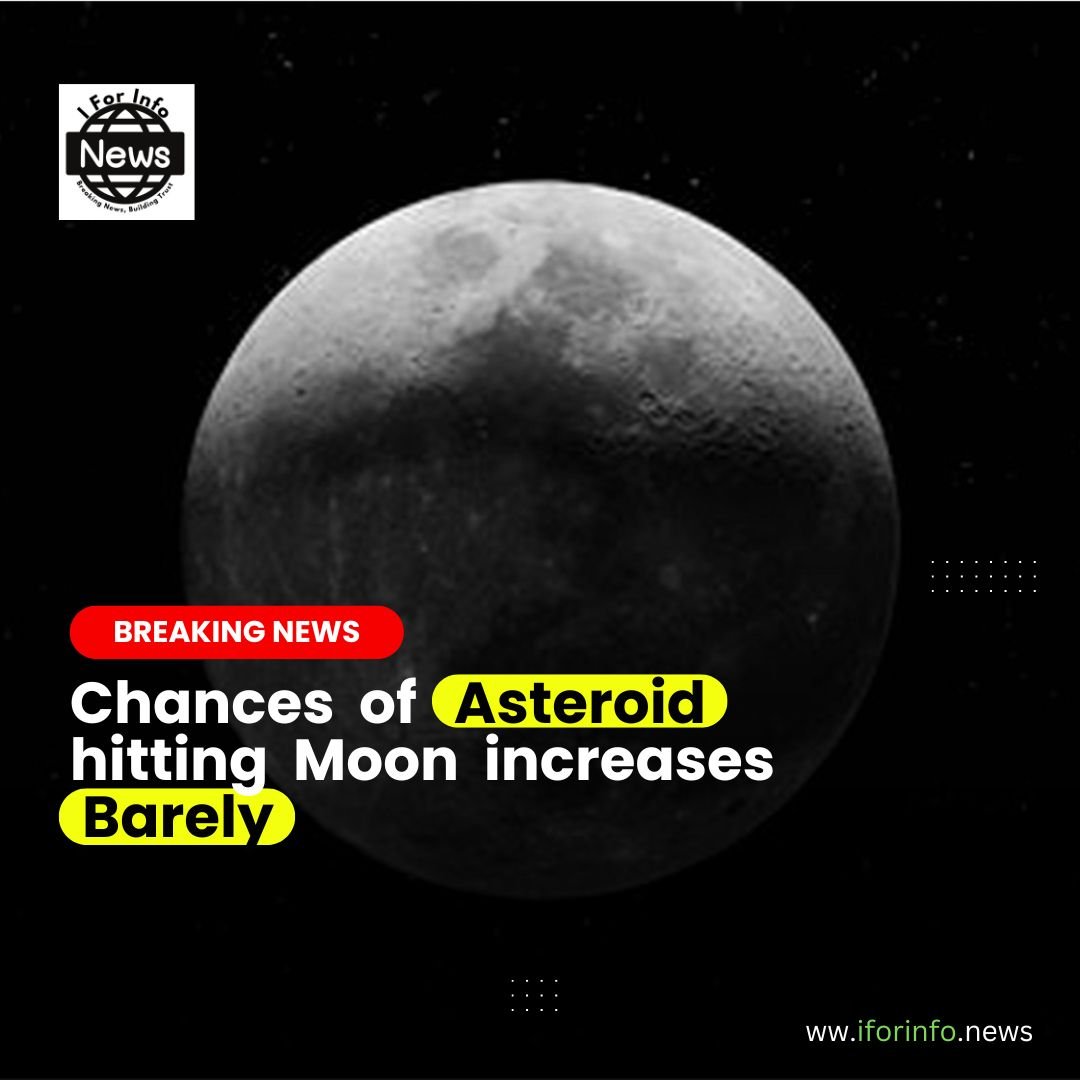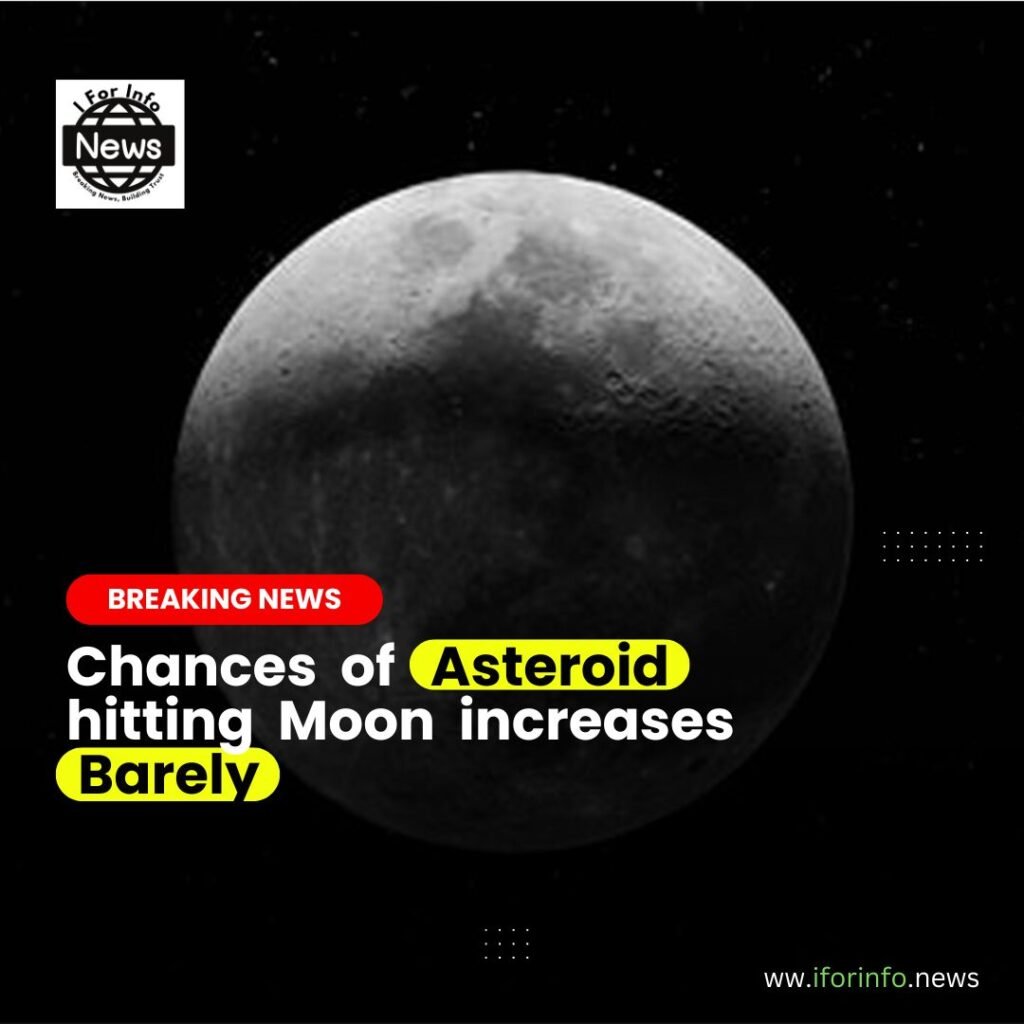A newly discovered asteroid named 2025 YR4 is now said to be more likely to hit the Moon than Earth, according to an update from NASA. The asteroid first caught scientists’ attention in December when it was spotted by a telescope in the Chilean desert. At the time, there was a very small chance—just 0.004%—that it could impact Earth in the year 2032. Thankfully, NASA has now all but ruled out that possibility.
However, the odds of it hitting the Moon have now gone up. Based on new calculations using data from advanced telescopes, including the powerful James Webb Space Telescope, the chance of a Moon impact on December 22, 2032, has nearly doubled—from 1.7% to 3.8%. Even with this increase, there’s still a 96.2% chance the asteroid will miss the Moon entirely, so there’s no need for panic.
NASA also confirmed that if asteroid 2024 YR4 did strike the Moon, it wouldn’t be powerful enough to change the Moon’s orbit or cause major damage. Observations from Webb helped scientists get a better estimate of the asteroid’s size, now believed to be between 53 and 67 meters wide, about the height of a 10-storey building.
Since its discovery, many other space objects have passed closer to Earth than the Moon. Most are much smaller and either burn up in the atmosphere or go unnoticed. But 2025 is being closely monitored because of its size and the potential opportunity it presents for scientists.
Experts say that even though a lunar impact is still unlikely, it would be a rare chance to study a real asteroid collision up close. Professor Mark Burchell, a space scientist from the University of Kent, told New Scientist that such an event would be “a great opportunity” to observe how the Moon reacts. He added that the impact would be visible through telescopes—and possibly even binoculars.
NASA and the James Webb Space Telescope will continue tracking the asteroid in the coming months for more precise data.




